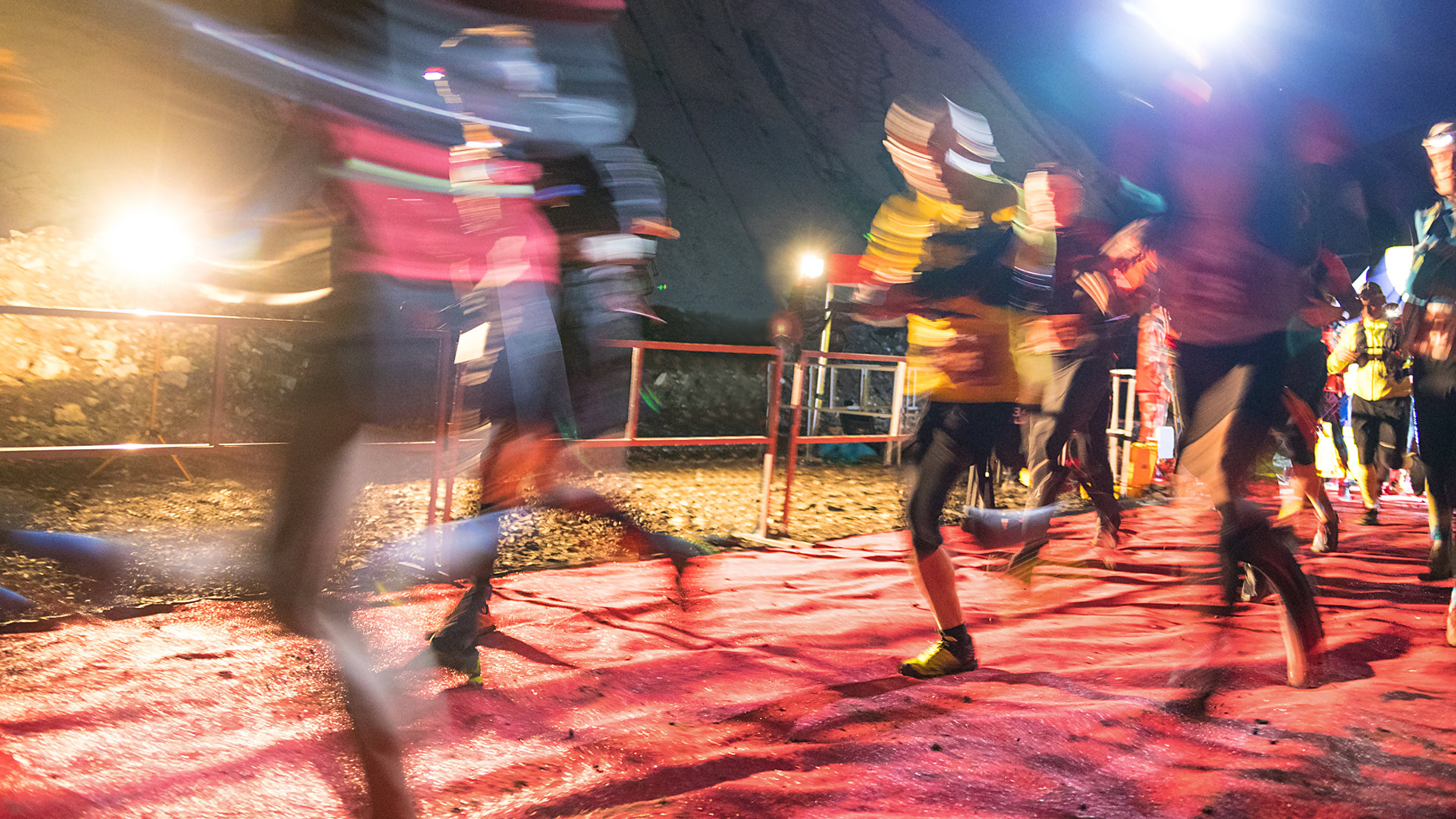
The sporting life
Extreme sports I
RE | Issue 8 | 2015
The first in a three-part series on extreme sports in which we ask, Why?
The whitewater rafter
Cecil C. Kuhne III, Dallas
Nowadays, I forget what I had for lunch. But memories of whitewater rafting trips I took a decade ago are so vivid it’s as though they happened yesterday.
When I was in college, I landed the summer job of a lifetime—professional whitewater guide in the Grand Canyon. The passion took hold: since then I have managed to raft river on six continents and write ten books on river running.
Rafting offers a compelling fusion of nature, danger and camaraderie. Your raft enters the sleek, sharply tapered tongue—a sliver of smooth green silk unfurled before the churning white water. Seconds seem like hours as you plunge toward the watery abyss. Like flotsam in a whirlpool, the raft rocks from side to side as it flashes past the huge holes of the cataclysm. We eat its wall of water and paddle hard to keep from being washed into the rocky depths.
Travelling down a ribbon of emerald green in a deep, secluded valley has this powerful, but contradictory, impact: at the same time it quickens the pulse, it stills the soul.
The paraglider
Mareike Dub, Frankfurt (alumni)
Paragliding is pure passion.
I started with a tandem flight in the Dolomites, but am now hooked at doing it by myself. I started my solo training in the summer of 2011 in Austria and got my paragliding licence that September. Since then I have had many flights in various flight areas like the Dolomites, the Alps and Slovenia. Every flight is exciting. Before a flight I do a detailed weather check of the wind direction, wind force, clouds, thermals and the forecast for the next few hours.
After some big, fast steps, I am in the air, enjoying the spectacular landscape. You can feel freedom and silence and sometimes you can fly with eagles.
But you must concentrate at all times because of changing weather conditions and other pilots in the air. I prepare the landing early enough to negotiate the wind direction and wind force at the landing area. I get out of my harness and, two metres above ground, I pull through the brake lines and touch down softly.
The scuba diver
Davide De Stantis, Milan (alumni)
I scuba-dive for that feeling of weightlessness: it must be close to how astronauts feel in space.
And it’s a different world under water, you see everything differently.
It’s possible to dive in most types of water around the world, including lakes and rivers, as long as you have the right gear. Extreme conditions only affect how long your dive lasts. Before you perform a dive you must be familiar with how your equipment works and check that it is in good condition, as you rely completely on it. The regulator, air tank and pressure gauge are the most important pieces, as well as the dive computer, which measures the time and depth of a dive, and the buoyancy compensator device, which stops you from sinking or going up too quickly. Too quick a descent can lead to nitrogen narcosis and too quick an ascent can lead to a higher risk of embolism.
If any of those devices fail, you could be in danger: that’s why nobody dives alone. The ‘buddy system’ makes scuba diving a fantastically social sport.
First published in RE: issue 8 (2015).
